An Introduction to Thich Nhat Hanh’s Books on Mindfulness
Thich Nhat Hanh’s writings on mindfulness and peace are popular worldwide due to their simplicity. ‘How to Relax’ is one of the many books in his ‘Mindfulness Essentials’ series. There is also ‘How to Sit’, ‘How to Eat’, ‘How to Love’ and more. Today’s review features the best tips for stress management and mindfulness that I found from his book, ‘How to Relax’.
Whilst he is a Zen master, the techniques and teachings in this book are non-religious. In fact, licensed psychologists in hospitals employ these methods for stress management and mindfulness, too. So let’s see what we can learn from him about relaxing, and also examine how stress harms us in many ways.
*Disclaimer: This article is meant for educational purposes, and is based on my personal experiences as a patient. Whilst I have done my utmost to be meticulous in research, I am not a doctor, and nothing in this article should be substituted for medical advice. Please consult your own doctor before changing or adding any new treatment protocols. This post may also contain affiliate links. It will cost you nothing to click on them. I will get a small referral fee from purchases you make, which helps with the maintenance of this blog. Read our Privacy Policy page for more information. Thank you!
Pin to Your Mindfulness & Book Review Boards:
![12 Reflections on Mindfulness (or ‘How to Relax’ by Thich Nhat Hanh) [Background: Pink chair with pink heart-shaped cushion in a room with calm interior, full length windows and light. A sparse bookshelf with books and containers.]](https://cdn.achronicvoice.com/lessons-mindfulness-thich-nhat-hanh-how-to-relax-book-review.jpg)
1. A “Reading Scan” Mindfulness Meditation
This book was like a guided mindfulness meditation, especially useful for those who are unable to stay still. I am one of those who stress easily, and become restless when left to my own meditation devices, even though I know that it will benefit me.
There are constant cues to breathe, as he cycles through relaxation techniques and concepts. Sometimes an entire page is there as a reminder to breathe. There are also some basic exercises you can refer to at the back of the book for your personal practice.
2. The Mind and Body Connection
Something I found interesting in this book was the sentence, “We take care of our body first. We can take care of our mind later.”
I would have thought that it would be the other way around, but tension in our bodies does prevent us from doing anything well. This in turn affects our mental wellbeing. Our breath is the bridge between our mind and body. We need to keep it in good working condition, so as to ensure the smooth flow of essential resources.
It is important to be kind towards ourselves, especially when we are in pain. Focus on letting go and allow your body to feel at ease; let it return to its natural, relaxed state. Feeling better physically frees up our mental capacity, and improves the elasticity of our stress limits. We can reallocate these extra resources (or ‘spoons’, as spoonies might call it) back into our health and wellness in a mindful manner.
For example, when we have less physical pain, we are able to do some exercise. This in turn improves not only our fitness levels, but also our mental health and reduces our stress levels. We are able to cook a healthy meal, which in turn nourishes our mind and body.
Pin to Your Self-Compassion & Kindness Boards: :
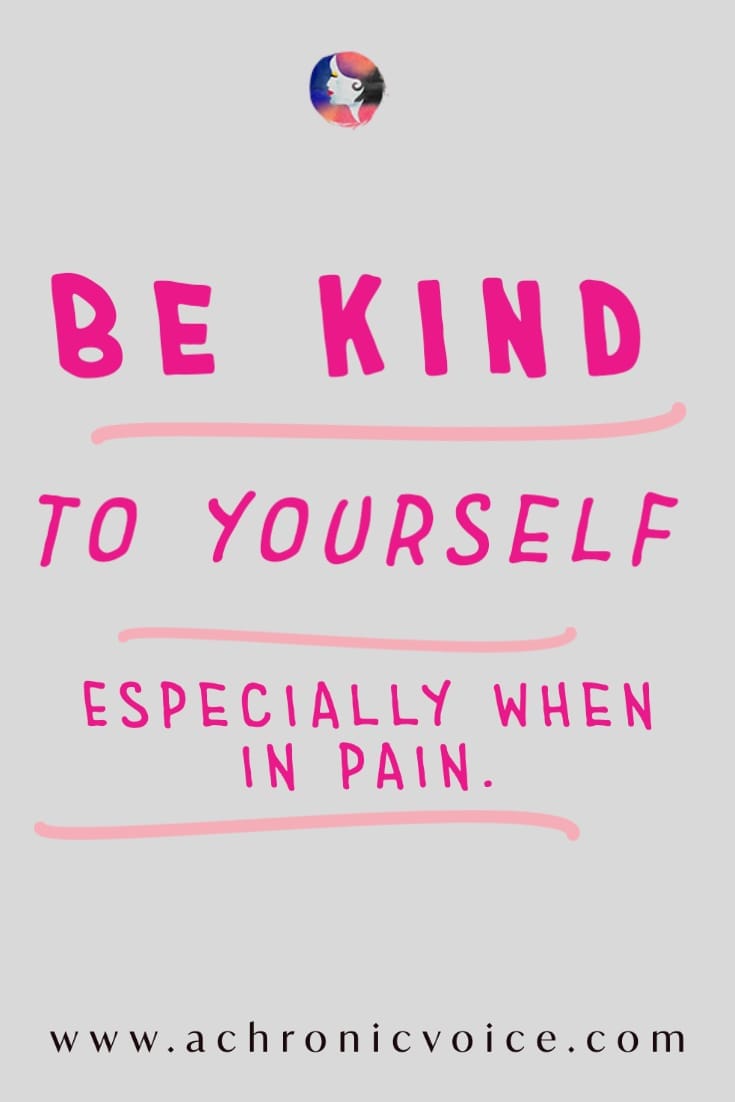
3. The States Existing Within Us
I like the example of water he uses in the book, where we are both wave and water, calm and storm. The element is the same, but it can manifest in many forms. As such, we do have the power to redirect our emotions into one that is more beneficial for our wellbeing. When we are feeling stormy and agitated, it is within us to transform it into a sea of calm. Sometimes that can be impossible, and we need to learn how to surrender and ride upon the waves. Going against it would only be a disastrous endeavour.
Pin to Your Mindfulness, Meditation & Stress Management Boards:
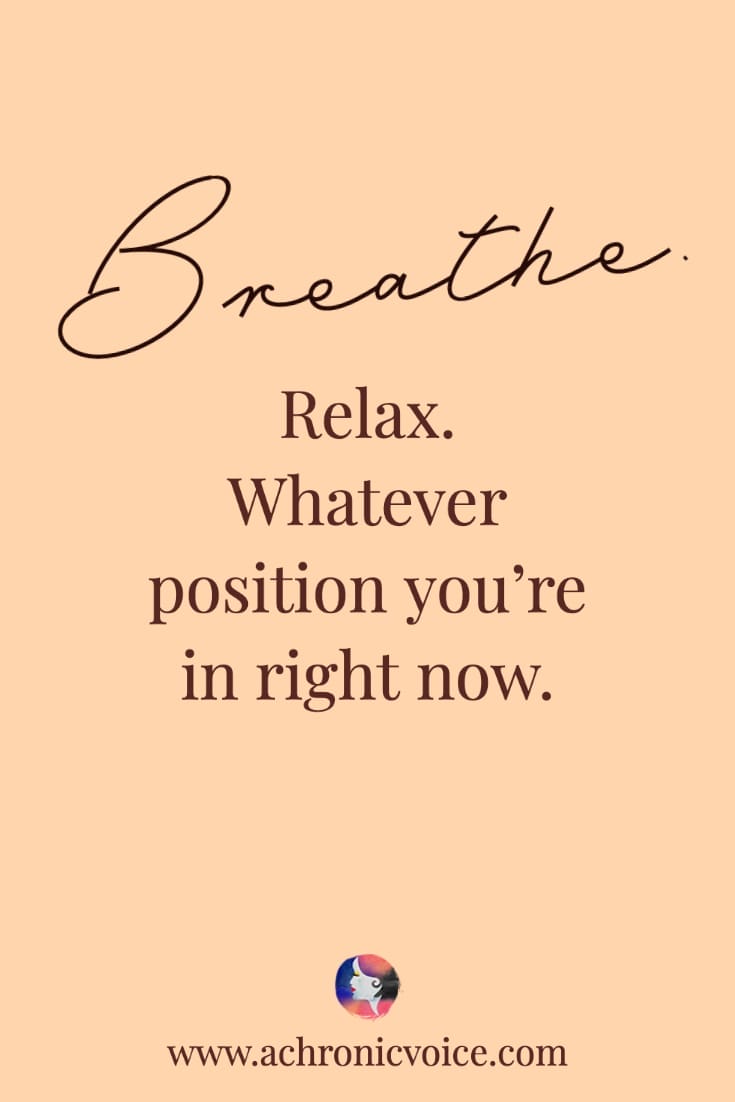
5. Your Special Relaxation Spot
Do you have a secret resting spot at home that isn’t your bed? Somewhere you can go to just to de-stress, relax and breathe?
Our environments play a huge role in our overall well-being. I know for one that my stress tolerance decreases when my home is in a mess. It’s almost as if there are ‘visual disturbances’ in my field of vision, provoking my brain. Often we accept certain inconveniences because that’s how things have always been; we don’t give it much thought. But we can improve our wellbeing by making simple changes to them. What are some daily occurrences that irritate your brain (you know, that momentary feeling of annoyance that jumps at you because it is a minor hassle)?
The bed isn’t a good place to go to either, because we often lay in it when we’re feeling unwell. It isn’t so much a secret escape place, but an area of routine. The inability to fall asleep can also invoke stress, and the emergency pills I have beside it are reminders of being chronically ill.
The sofa is my secret resting place which I retreat to whenever I’m unable to sleep or am anxious. Curling up on it seems to help. There is a lamp with soft lighting beside it, and there is no pressure to be active there. I don’t have ‘sleep’ as a task and that, ironically, helps me to fall asleep.
6. Being Mindful Through Lazy Days and Effortlessness
Thich Nhat Hanh states the need for days where time unfolds naturally, unhurriedly, timelessly. This gives us a chance to re-establish the balance within ourselves. This can be difficult for some more so than others, yet it is still important to carve out a little ‘me time’. This isn’t selfish, and is in fact, the exact opposite. We are only able to care for those around us with greater capacity when we stabilise ourselves, and allow our bodies to recover its strength.
He also mentions the irony of vacations in our modern era, where we often don’t know how to relax. Sometimes we return even more exhausted, as we rush about trying to make the ‘most of it’. There is also no need to go to great lengths and expenditure to experience the benefits of travel (although that’s always preferable, isn’t it 😉 ). He reminds us that it is possible to take a little holiday in the present moment. We often miss the little pleasurable things around us because we scurry by them.
Pin to Your Self-Care & Wellness Boards:
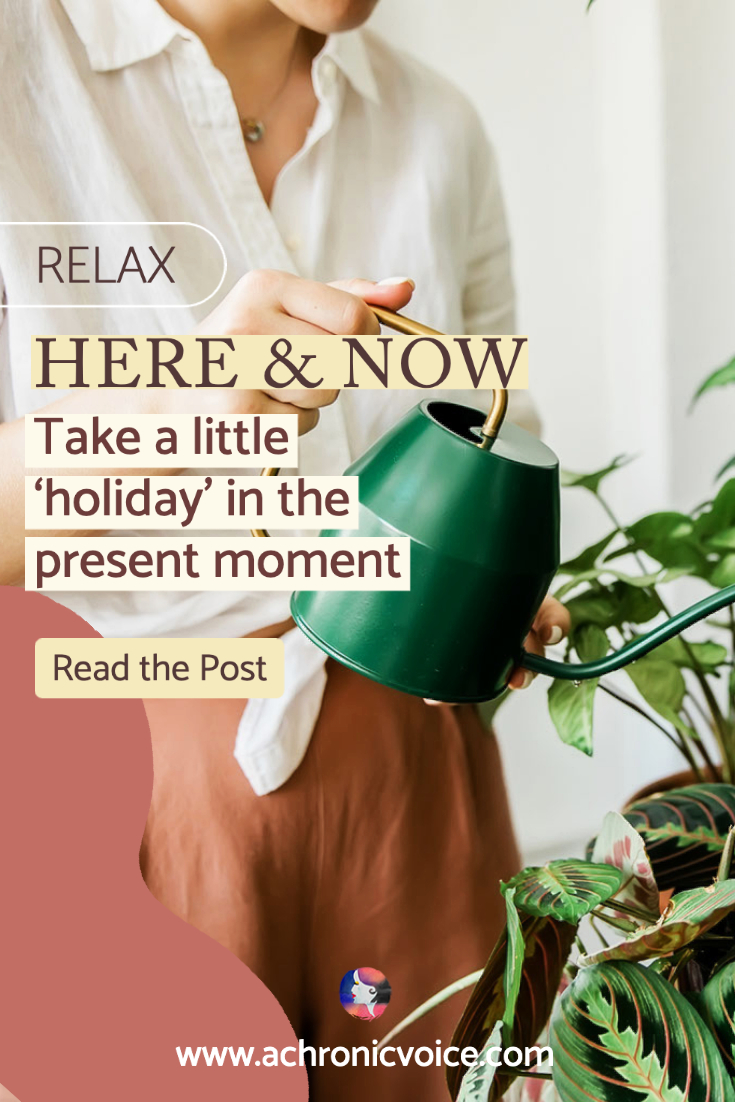
7. The Healing Energy We All Possess
This was another thought that I found interesting: the energy produced from within doesn’t only benefit us, but also those around us. If you can sit alone in quiet mindfulness and peacefulness, that is already relaxing and healing. This calming energy radiates both inwards and outwards. If you are near other people, this becomes amplified. As we all know, panic feeds panic, and the same goes for peace. That one calm, collected person in a group can have a positive effect over everyone else.
If we’re able to walk our talk, we can influence others in a good way. I find this especially appropriate for those of us who are raising awareness for a variety of reasons. If we want others to be understanding towards us, then we have to set an example. If we want acceptance within society, then we need to accept ourselves first.
8. Embracing the Bad with the Good
If we want peace to fill us, then we must also embrace the unpleasant feelings residing within us. We need to ‘be’, and become peace. He suggests that the world needs more joyful and peaceful people who are capable of being, as is.
To know the art of being peace, is to have the foundation necessary for our subsequent actions. The quality of our being, determines the quality of our doing. An anxious mind will interfere with our ability to focus on a task, and neither will it be our best work.
9. How Our Idea of Happiness Makes Us Unhappy
This is one of his famous quotes, “Our idea of happiness is our main obstacle to happiness.” This is similar to Viktor Frankl’s thoughts on modern society’s state of mental (un)hygiene, where happiness is our religion. To not be happy is a sign of failure, a blasphemy.
Sometimes our ideas of happiness cause unhappiness because they are unattainable. Or they might contain with them an element of anger or delusion. The present moment on the other hand, is where joy can exist. We need to learn how to be mindful and appreciate these realities, instead of obsessing over imaginary ones. There are still many things we can enjoy despite living with chronic pain, instead of waiting for the day when we finally get better – when will that be?
10. Compassion Begins from Within
Compassion is incomplete if it excludes yourself. We must stay with our breath mindfully, and not lose ourselves in the turbulent tides of anger or hate. Having said that, we shouldn’t deny anger either, because it is part of being human. Instead, we should learn how to be aware of our anger, so that we may breathe it in, and expel it with a smile.
I also love his analogy on ‘blame’ that uses a tree as a metaphor. When you plant a tree and it fails to grow well, we don’t blame the tree. We change the soil and its environment instead. So it is with our health. We are not at fault and shouldn’t blame ourselves for being chronically ill. We need to work on our internal and external environment instead – to produce suitable conditions that are necessary for nurturing healthy growth. That is all we can do. Blaming ourselves makes no sense and serves no purpose.
Pin to Your Self-Love & Quote Boards:
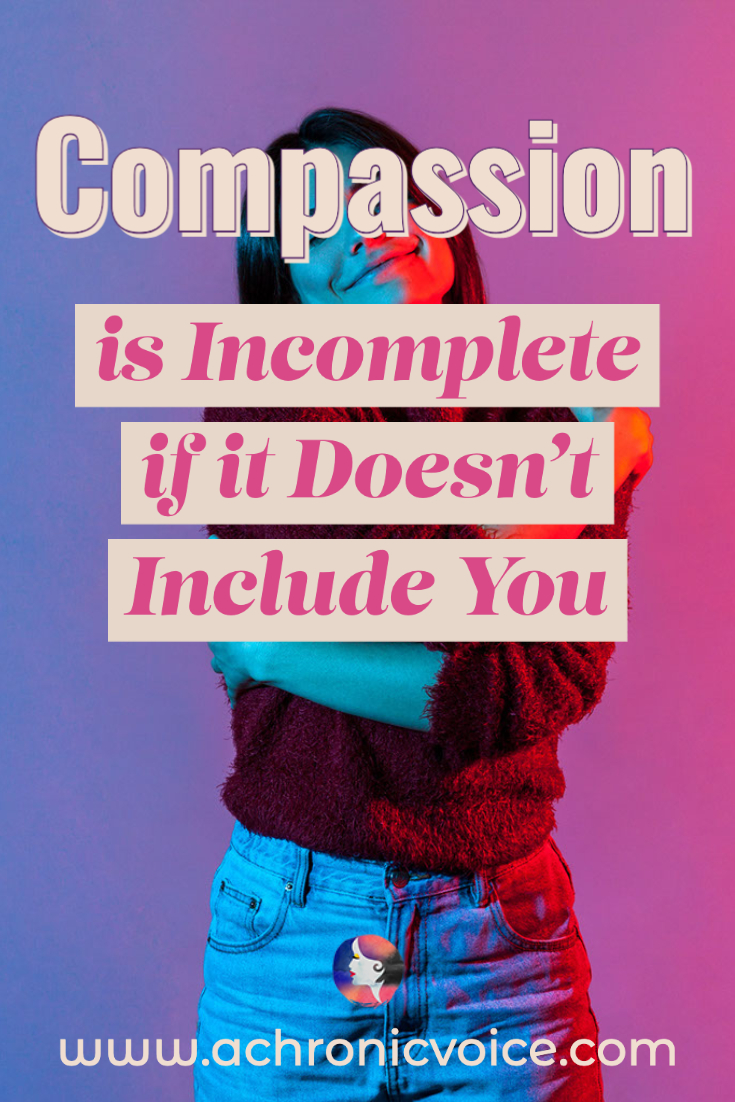
11. Resting is also Relaxing
Have you ever been so tired, yet unable to fall asleep? For many with chronic pain, this is an everyday reality, not just an occasional one. I remember my father sitting by my bedside one evening when I was in severe pain as a teenager, and unable to sleep. He asked me to listen to the cars on the road outside, and think of all the people on their way home. He guided me through thoughts of the present moment, and it did help me to relax. He reminded me that to lie there and rest is also beneficial to our bodies. The emphasis on needing to fall asleep can be stressful in itself. Back then, we didn’t even know that a term like ‘mindfulness’ existed.
Another method Thich Nhat Hanh suggests is to smile for the sake of smiling, even if you don’t feel like it. This helps to relax the facial muscles, so the act in itself can have a good effect on us as well.
12. Letting Go and Being Present
Many of us have heard this before, so this is a gentle reminder that we need to train ourselves to let go and be present. Do not dwell in the past or muse over the future, because growth can only happen in the present, if we do so with mindfulness. Our faith in ourselves increases, as we gain confidence to handle the future. This makes a lot of sense to me. The periods in my life where I have been the most anxious over my future were during my lowest moments. You never worry as much when you’re able-bodied and mentally sound.
Over all, I found this to be a simple book that did have a calming effect. You can read it over and over again, whenever you need a mini mindfulness meditation!
Pin to Your Mindfulness & Book Review Boards:

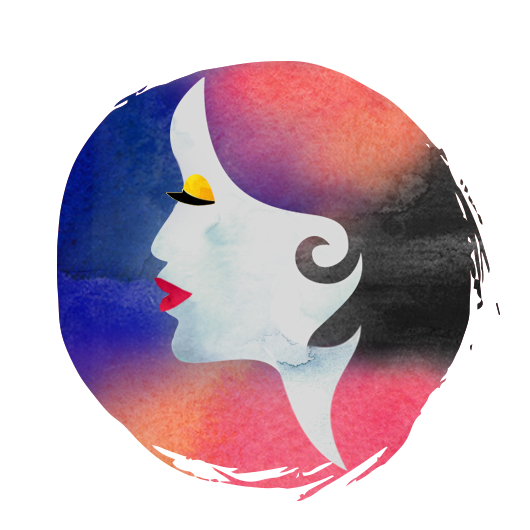
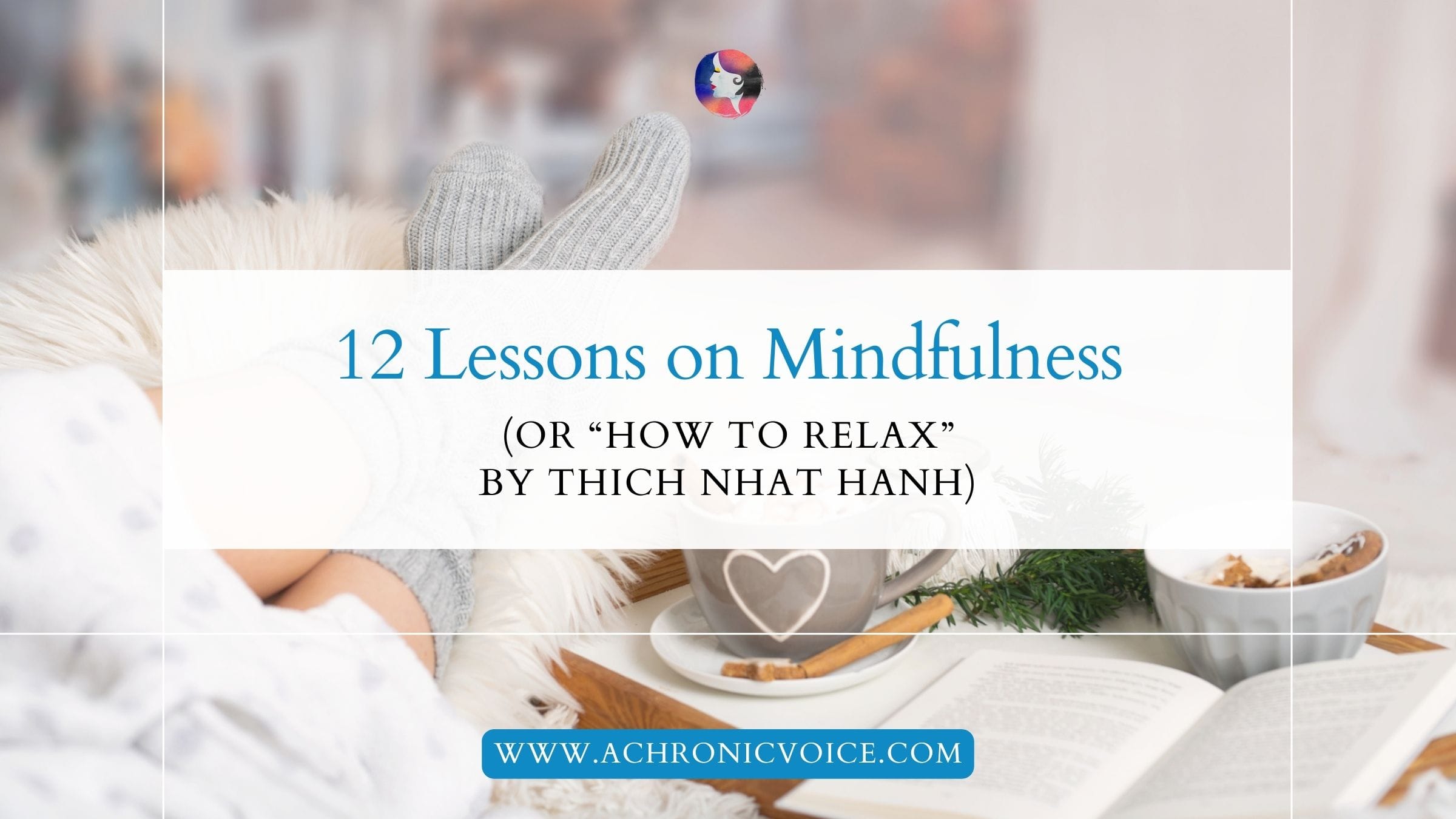
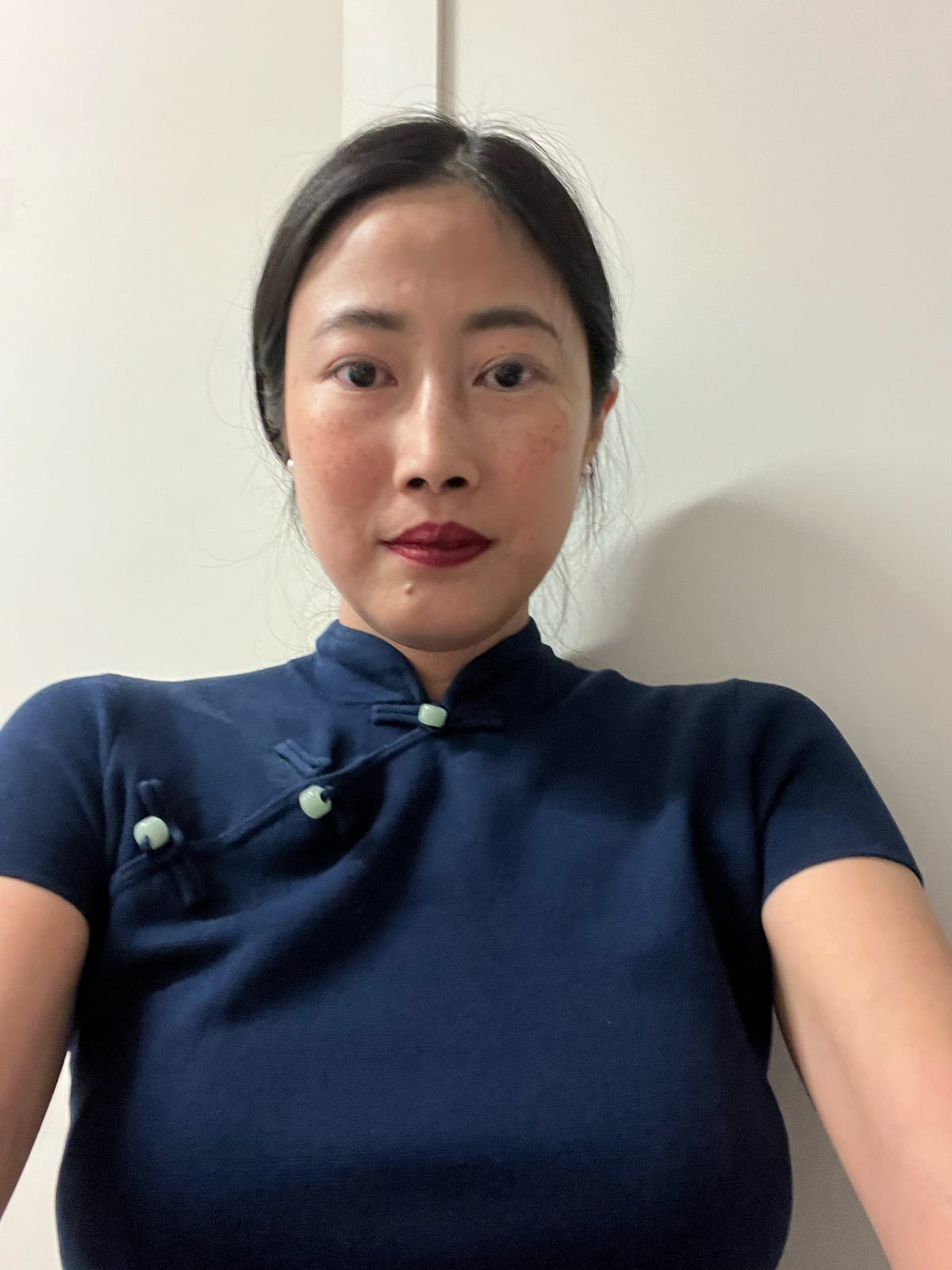

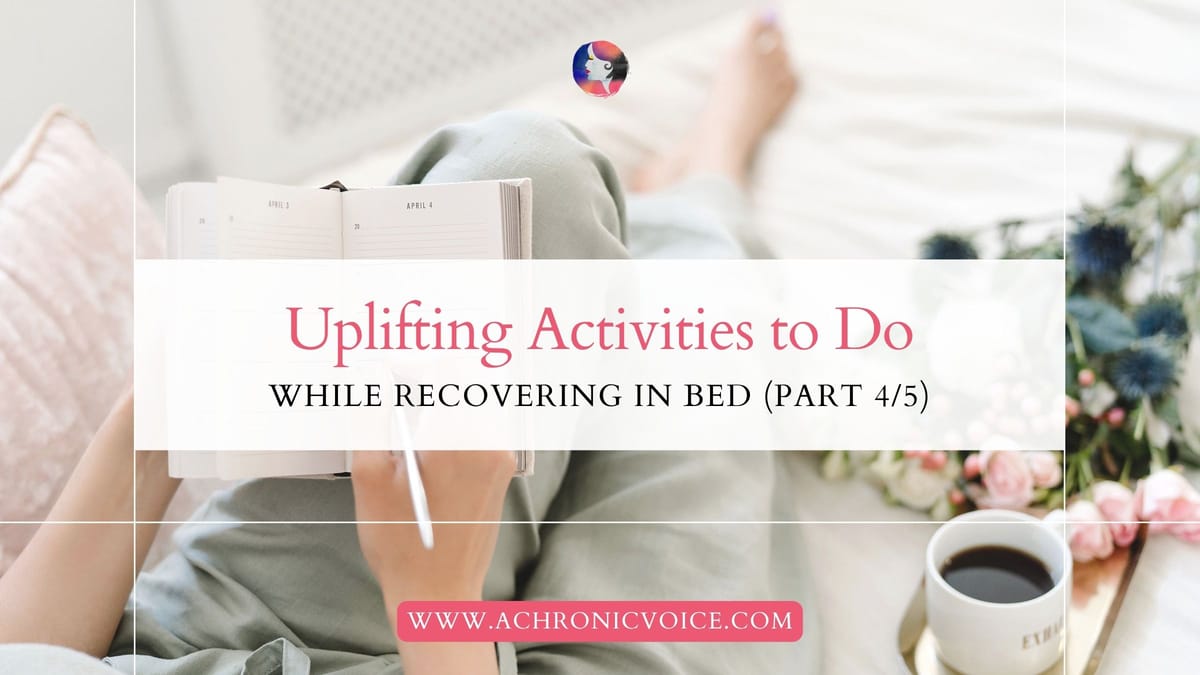
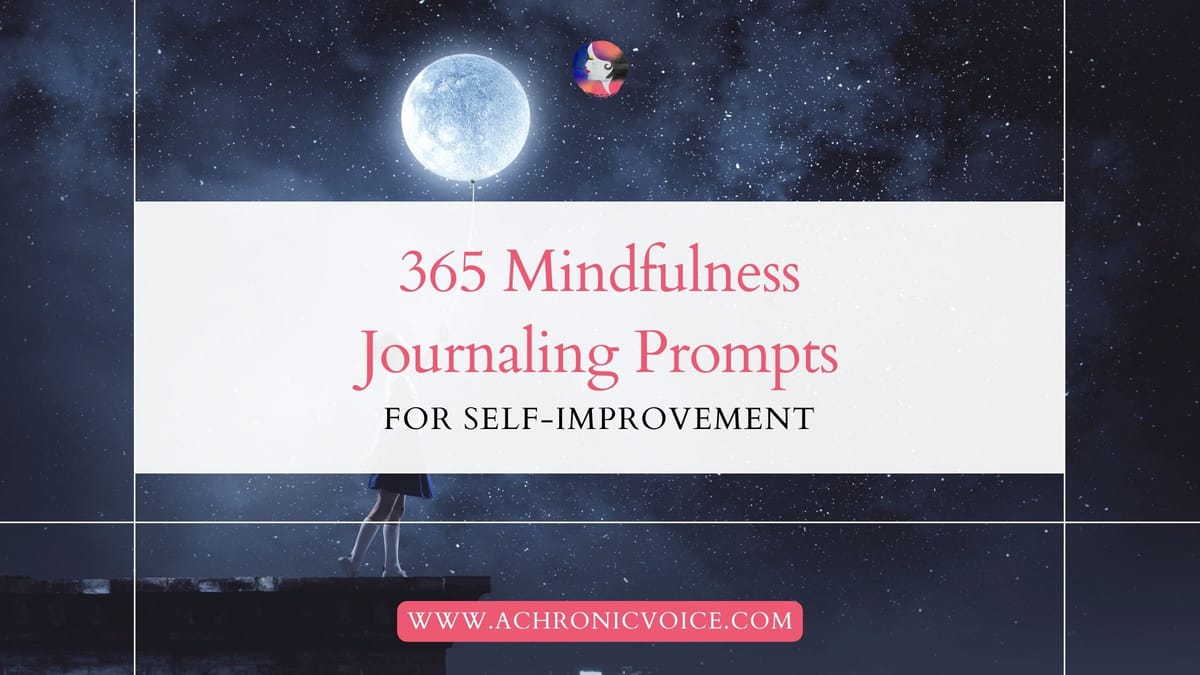
Comments Archives:
Comments imported from previous WordPress site.-
Katie Clark
-
Sheryl Chan
-
Shruti Chopra
-
Claire
-
Carrie Kellenberger
-
Sheryl Chan
-
Asian Living
-
Sheryl Chan
-
Kathy
-
Alexa Federico
-
Sheryl Chan
Start a new conversation in the Member Comments below!Finally, got the book. I hadn’t heard of the Book Depository! A great resource in itself. Looking forward to reading it and the Power of Mindfulness.
I hope you enjoy it! It will be at the very least, a reminder to breathe 😉
“smile for the sake of smiling” – just reading it made me smile. I’m going to try that.
I struggle to read books – something that has happened in recent years as my hands have weakened and I’m not a kindle person for sure. But I think I’ll order this and see if I can manage to read this because just reading your post is helping me to relax.
Thank you Sheryl.
I really like the emphasis on meditation being about focus and not relaxation here. I often expect it to be calming, when it can actually be hard work at times.
Terrific post, Sheryl. I’ve had this one saved for a bit and have been meaning to come and visit to read this article specifically. I haven’t read Thich Nhat Hanh’s writings, but it has been on my TBR list for a while. I’m expecting wonderful tips and reassurance when I do read it since I’ve seen so many people talking about it. Your sum-up makes me want to read it even more. You know me and my relationship with stress – I’m all about it!
Haha Carrie…so I write a post about stress management, but stress out all the time myself :p The irony. His books I will admit are just okay-ish in the sense that there are many repetitive pages. But I guess that’s the point to it – some form of meditation? (Or to knock it into the brain of people like me.) Anyway he has many books, so probably worth a read! 😀
A nice post. Today is really stressful as we cannot do what we wanted to do due to COVID
Thank you Asian Living 🙂 Yes stress levels are high worldwide for so many reasons. Hopefully this clears soon! In the meantime, stay calm and stay safe!
Hi, Sheryl! Thanks for the reminders to stay in the present moment instead of fretting about the past or worrying about the future.
This sounds like my kind of book! I can relate. Sometimes I get antsy when I try to meditate or just relax and rest, but I try to remind myself that we all need self care and “me time,” especially when we have a chronic condition.
Yes indeed! I found another way to ‘meditate’ and relax btw, suitable for restless people like you and me 😉 New post in the works! x